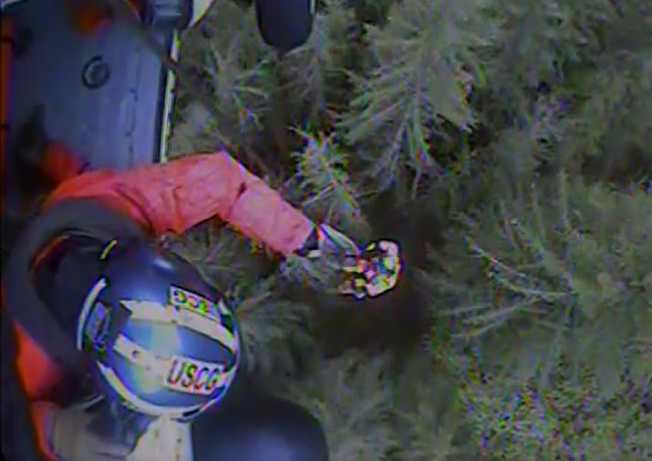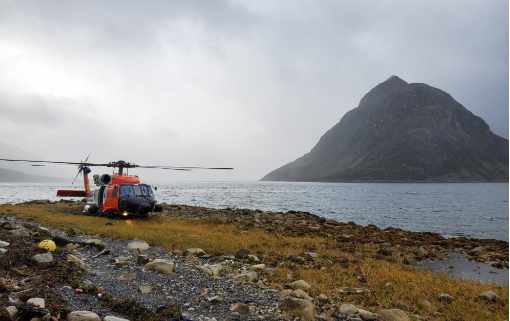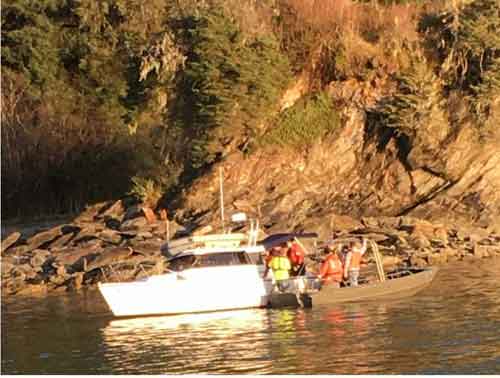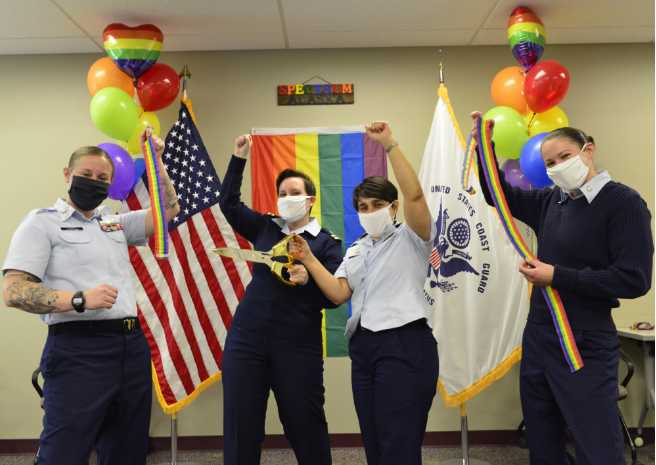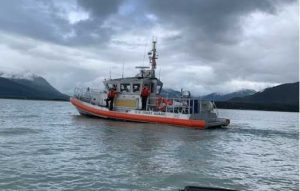
A Coast Guard 45-foot Response Boat-Medium crew from Station Juneau picked up the kayakers from the northern tip of Couverden Island at approximately 10 p.m., then brought them to where they were parked near Statter Harbor in Auke bay. There were no injuries reported.
Watchstanders in the Sector Juneau command center received the initial phone call from one of the kayakers at approximately 9:15 p.m. requesting assistance. The kayaker indicated that he and another male friend had become exhausted after an approximate 9-hour, 23-mile paddle in their 10-foot kayaks. He expressed concerns about running out of daylight, having no lifejackets, no exposure suits, no warm clothing, no food, water, survival equipment, nor means of communication aside from a cell phone running low on battery.
“These kayakers made several all-too-common mistakes before heading out on the water yesterday,” said Petty Officer 2nd Class Theodore Bach, Station Juneau response boat coxswain for the case. “They were lucky to have enough cell phone battery left to call for help. As the weather begins to warm up each spring, it is very common for boaters to head out on the water unprepared for the conditions. The water temperature is still frigid and the air temperatures at night still dip into the 30s. Hypothermia is just one way that Alaskan boaters die each spring.”
2. File a float plan before you get underway detailing your trip to aid rescuers in the event you are overdue. This can be as simple as telling someone where you are going and when you return, but the Coast Guard encourages you to write it down, include details, and to give it to someone who will check that you made it back safe.3. Take multiple forms of communication devices and extra batteries and chargers. Always remember, VHF-FM radio is the primary communications network for the maritime boating community. Enabling the Digital Selective Calling features on your VHF-FM marine radio can broadcast your location and information to every boat within range in an emergency. Also consider a personal emergency beacon, and ensure it is registered with the National Oceanic and Atmospheric Administration at http://www.sarsat.noaa.gov/
4. Check all required safety equipment to be sure it is in good working order. Vessel safety checks by the Coast Guard Auxiliary are free. Trained examiners help boaters review their equipment and give advice about how to improve safety.
5. Check the weather. Be sure to look at the immediate weather forecast as well as the extended forecast; weather can change in Alaska in a matter of hours. Be prepared for it. The National Weather Service offers local and statewide current and extended marine weather forecasts on their website, which are broadcast on VHF marine-band radios.
6. Dress for the water temperature. Though the air may be warming up, the water is still cold and does not rise above low 50s even at the height of summer. Wet suits and dry suits offer protection against hypothermia in the event of immersion in the water. Thermal protection against the effects of cold-water shock can save your life.
7. Boat sober. Never boat under the influence of drugs or alcohol.
To find out more about Vessel Safety Checks visit: http://www.cgaux.org/
For more information on boating responsibly, please visit www.uscgboating.org.
Additional information on boating safety and resources can be found at www.uscgboating.org or www.

